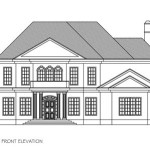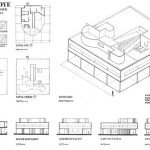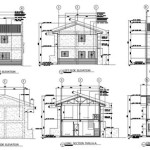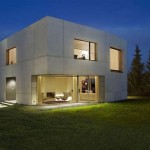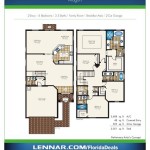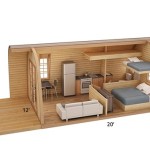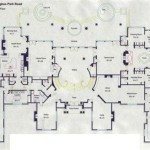Essential Aspects of Small Greenhouse Plans and Designs
Creating a small greenhouse is an exciting project that can provide fresh produce and extend the gardening season. Careful planning and design are crucial for success, ensuring your greenhouse meets your needs and functions optimally. Here are key aspects to consider when creating small greenhouse plans and designs:
1. Site Selection
The location of your greenhouse is pivotal. Choose a well-drained, level site that receives ample sunlight, ideally 6-8 hours per day. Consider prevailing winds, ensuring your greenhouse is protected from strong winds that can damage the structure or affect temperature control.
2. Greenhouse Size and Shape
Determine the size of your greenhouse based on your gardening needs and available space. Larger greenhouses require more heating and cooling, while smaller ones are easier to manage. Consider the shape of your greenhouse, such as rectangular, lean-to, or dome, based on the available space and desired aesthetics.
3. Greenhouse Materials
The materials used for your greenhouse frame and covering will impact its durability, insulation, and cost. Common frame materials include wood, aluminum, and PVC, while coverings include glass, polycarbonate, and polyethylene film. Choose materials that suit your budget and provide the desired level of insulation and light transmission.
4. Ventilation and Temperature Control
Proper ventilation is essential for regulating temperature and humidity in your greenhouse. Install roof vents, side vents, or exhaust fans to allow for airflow and prevent heat buildup. Consider using shade cloths or reflective materials to manage sunlight and temperature.
5. Water Supply and Drainage
Ensure you have an adequate water supply for your greenhouse, whether from rainwater harvesting or a connected water source. Provide good drainage to prevent waterlogging and ensure healthy plant growth. Consider using raised beds or containers to improve drainage and soil quality.
6. Electrical System
Electricity is often necessary for lighting, heating, cooling, and ventilation. Plan the electrical system carefully, including proper wiring, outlets, and lighting fixtures. Consider using energy-efficient appliances and renewable energy sources to reduce operating costs.
7. Access and Layout
Design your greenhouse for easy access and efficient plant management. Provide wide pathways for easy movement and access to plants. Consider the placement of work surfaces, benches, and storage areas to maximize space and efficiency.
8. Accessories and Features
Additional features can enhance the functionality of your greenhouse, such as automatic watering systems, misting nozzles, trellises for climbing plants, and workbenches for potting and seed starting. Consider incorporating these features into your design to make your greenhouse more convenient and productive.
Creating a small greenhouse is a rewarding endeavor that requires careful planning and design. By considering these essential aspects, you can create a greenhouse that meets your needs, provides optimal growing conditions, and brings joy to your gardening experience.

28 Diy Backyard Greenhouses And Simple Greenhouse
:max_bytes(150000):strip_icc()/greenhouse-5c7d6eb9c9e77c00011c83f0.jpg?strip=all)
12 Free Diy Greenhouse Plans

Greenhouse Plans Easy 8 X 9 Framed Gabled Build

28 Diy Backyard Greenhouses And Simple Greenhouse
:max_bytes(150000):strip_icc()/greenhouse-buildeazy-5b69c8a546e0fb0050666b57.jpg?strip=all)
12 Free Diy Greenhouse Plans

12 Diy Greenhouse Plans For Gardeners On A Budget Bob Vila

From Backyard To Balcony How Build Your Own Greenhouse

Types Of Backyard Greenhouses

9 Diy Mini Greenhouse Ideas The Family Handyman

12 Diy Greenhouse Plans For Gardeners On A Budget Bob Vila

